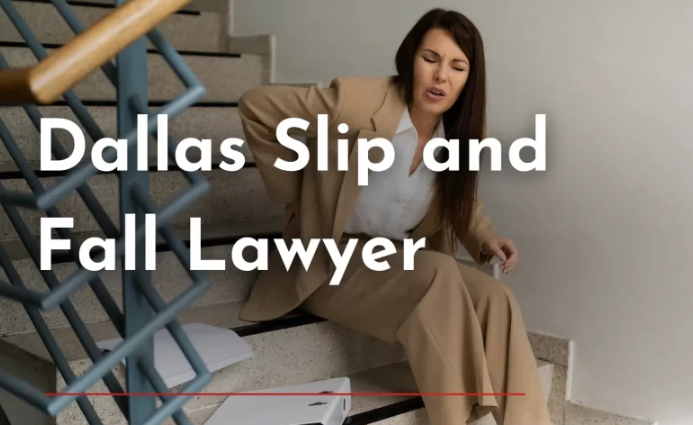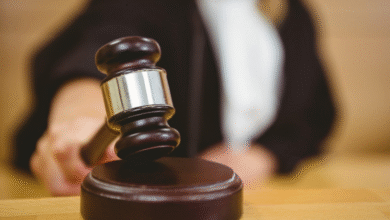Slip and Fall Lawyer Fees: What You Need To Know USA 2024 Animaths.com

When dealing with slip and fall cases, understanding lawyer fees is crucial. Many people assume all attorneys charge the same rates, but that’s far from true.
Most personal injury lawyers work on a contingency fee basis. This means they only get paid if you win your case. Their fee typically ranges from 25% to 40% of the settlement amount. It’s essential to clarify this percentage before hiring an attorney.
Some lawyers may also charge upfront consultation fees. Others might have hourly rates for specific services or tasks related to your case.
Additionally, consider other costs like court filing fees or expenses for gathering evidence. These can add up quickly, so it’s wise to discuss them during initial consultations.
Understanding these financial aspects ensures you’re better prepared as you navigate your legal journey following a slip and fall incident.
Factors that Influence Lawyer Fees for Slip and Fall Cases
Several factors impact lawyer fees for slip and fall cases. One major aspect is the complexity of the case itself. If your situation involves multiple parties or intricate legal issues, expect higher fees.
Another element to consider is the lawyer’s experience and reputation. Seasoned lawyers often charge more due to their proven track record in securing favorable outcomes.
The location also plays a role. Legal fees can vary significantly between urban and rural areas, reflecting local market rates.
Additionally, how long it takes to resolve the case can influence costs. Extended negotiations or prolonged litigation typically lead to increased expenses.
Whether you opt for contingency fee arrangements will affect upfront payments and overall expenses as well. Understanding these variables helps you better navigate potential costs associated with hiring a slip and fall lawyer.
Average Costs for a Slip and Fall Lawyer in the USA
The average cost of hiring a slip and fall lawyer in the USA can vary significantly. Typically, many lawyers work on a contingency fee basis. This means you won’t pay anything upfront. Instead, they take a percentage of your settlement if you win your case.
Contingency fees generally range from 25% to 40%. The exact percentage often depends on the complexity of the case and whether it goes to trial. If your claim settles quickly, expect to pay toward the lower end.
If litigation is necessary, costs may rise due to additional hours spent preparing for court. Some attorneys might charge hourly rates that can range from $100 to over $400 depending on experience and location.
Always clarify these fees during your initial consultation. Understanding these financial aspects early can help set clear expectations moving forward in your legal journey.
How to Choose the Right Slip and Fall Lawyer
Choosing the right slip and fall lawyer can seem overwhelming. Start by researching their experience in handling similar cases. Look for someone who specializes in personal injury law.
Check online reviews or ask for referrals from friends and family. A good reputation often speaks volumes about a lawyer’s ability to handle your case effectively.
Schedule initial consultations with a few candidates. This meeting allows you to gauge their communication style and understanding of your situation.
During these meetings, inquire about their success rates and strategies for slip and fall claims. Ask how they plan to approach your case specifically.
Consider the fee structure carefully. Make sure you’re comfortable with how they charge; whether it’s contingency-based or hourly fees can significantly impact your financial decision-making process.
Alternatives to Traditional Lawyer Fees
Legal fees can be daunting, but there are alternatives to the traditional billing methods. One popular option is a contingency fee arrangement. This means that your lawyer only gets paid if you win your case. It aligns their interests with yours and eases the financial burden.
Another alternative is flat fees for specific services. This approach provides clarity on costs upfront, which can help in budgeting for legal expenses without hidden surprises down the line.
Some lawyers also offer payment plans or financing options. These arrangements allow clients to pay over time, making quality legal representation more accessible.
Consider exploring pro bono services offered by some law firms or non-profit organizations. While not widely available, they can provide valuable assistance when finances are tight and your case has merit. Each of these options presents a way to manage slip and fall lawyer fees effectively while pursuing justice.
Conclusion
Choosing the right lawyer involves more than just looking at fees. You should consider their experience, reputation, and your comfort level with them. This decision could significantly impact the outcome of your case.
Exploring alternatives to traditional fees may also benefit those who are concerned about upfront costs. Options like contingency fee agreements allow clients some flexibility while still receiving quality legal representation.



